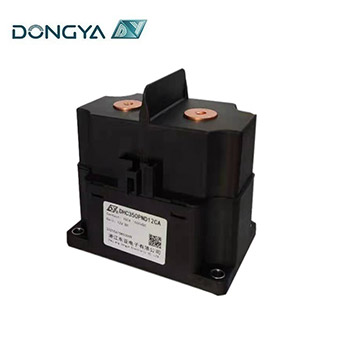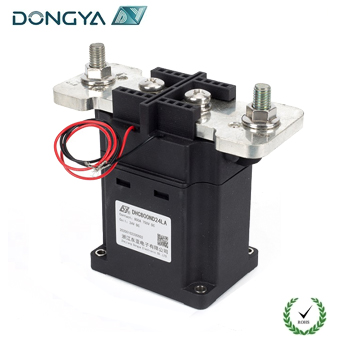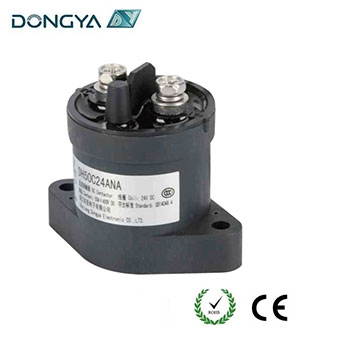In electrical engineering, precise measurement and control of current are crucial for system safety and efficiency. One of the key components used for this purpose is a shunt. But what exactly is a shunt, and why is it important in electrical systems? This article explores the function, applications, and benefits of shunts in various electrical setups.
What Is a Shunt?
A shunt is a low-resistance resistor placed in parallel (shunt) with an electrical circuit to divert a known fraction of current, allowing the remaining current to pass through the main path. By measuring the voltage drop across the shunt, engineers can accurately determine the current flowing through the system using Ohm’s Law (V = IR).
Primary Functions of a Shunt
1. Current Measurement
Shunts are commonly used in ammeters and current sensors to measure high currents without passing the full load through the measuring device. Since shunts have a precisely known resistance, the voltage drop across them is proportional to the current, enabling accurate readings.
2. Overcurrent Protection
In power distribution systems, shunts help detect excessive current flow. When combined with protective relays, they can trigger circuit breakers to prevent damage from short circuits or overloads.
3. Load Balancing
In parallel circuits, shunts help distribute current evenly among multiple paths, preventing any single component from overheating due to uneven current distribution.
4. Battery Monitoring
Shunts are essential in battery management systems (BMS) to monitor charge and discharge currents, ensuring optimal battery performance and longevity.
Types of Shunts
Shunts come in various forms depending on their application:
Precision Shunts – Used in high-accuracy instruments like digital multimeters.
High-Current Shunts – Designed for heavy-duty applications such as industrial power systems.
DC Shunts – Primarily used in battery monitoring and DC power supplies.
AC Shunts – Used in alternating current systems for measurement and protection.
Advantages of Using Shunts
High Accuracy – Provides reliable current measurements.
Cost-Effective – A simple and economical solution compared to complex current sensors.
Durability – Can handle high currents without significant degradation.
Versatility – Applicable in DC and AC systems.
Conclusion
Shunts play a vital role in electrical systems by enabling precise current measurement, enhancing safety, and improving system efficiency. Whether in power distribution, battery management, or industrial automation, shunts ensure that electrical systems operate within safe and optimal parameters. Understanding their function helps engineers design more reliable and efficient electrical networks.
By integrating shunts into measurement and protection circuits, industries can achieve better performance, prevent equipment damage, and maintain operational safety.





